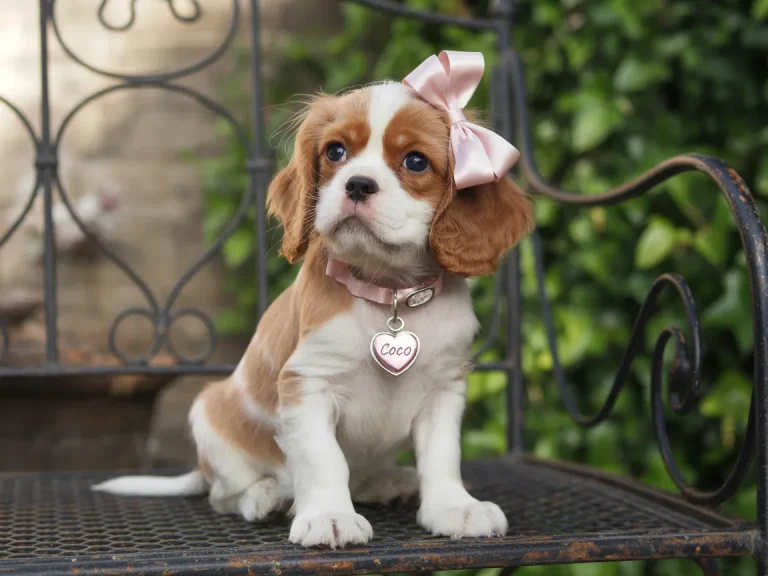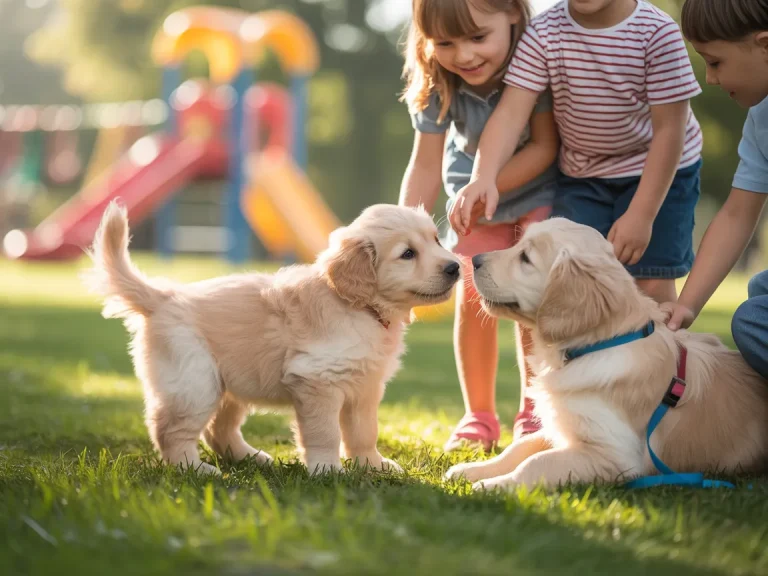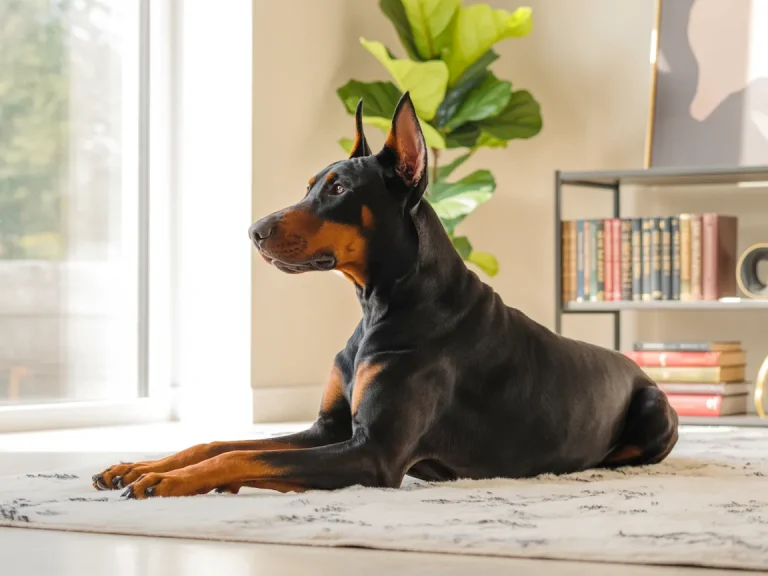Few breeds turn heads quite like the Siberian Husky. With those ice-blue eyes, plush coats, and that “let’s go!” energy, huskies are equal parts wild spirit and charming goofball. They’ve stolen the hearts of dog lovers around the world — but they’re also one of the most misunderstood breeds out there.
Because here’s the thing: their beauty is just the outer layer. Underneath all that fluff is a sharp, independent mind, a love of adventure, and a deep need for companionship and purpose. They’re not your average couch-potato pup — they’re more like a marathon runner in a fur coat.
In this article, we’re digging into what really makes a husky tick — their rich history, standout traits, training quirks, and the big question: is a husky puppy the right fit for your home?
Let’s find out.
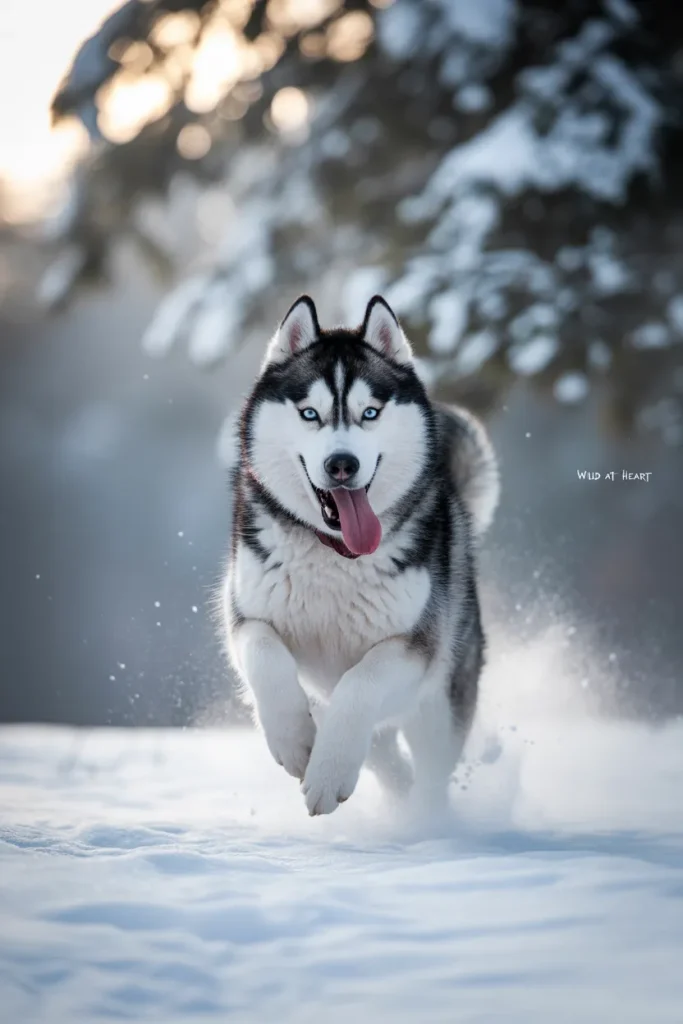
The History and Legacy of the Husky
From Siberia to Alaska: A Working Dog’s Origin
Let’s rewind a bit—to the icy coasts of northeastern Siberia, where life was about survival, snow, and sleds. That’s where the story of the Siberian Husky begins, with the Chukchi people. These dogs weren’t just pets — they were lifelines. Bred to run for miles in freezing temperatures, huskies pulled sleds, slept beside their humans for warmth, and worked in teams like seasoned athletes.
Fast forward to the early 1900s, and huskies were making waves in Alaska — quite literally racing into the spotlight during sled competitions. But what really sealed their place in history? The 1925 serum run to Nome. A team of huskies helped deliver life-saving medicine across hundreds of miles of blizzard-blasted wilderness. It wasn’t just heroic — it was legendary.
Their legacy as sled dogs still defines their spirit today — loyal, driven, and full of heart
(Siberian Husky Club of America has a rich archive on their origins and purpose).
That deep-rooted work ethic and loyalty still shine in today’s huskies. Beneath their playful antics is the heart of a dog that was built to endure and thrive alongside humans.
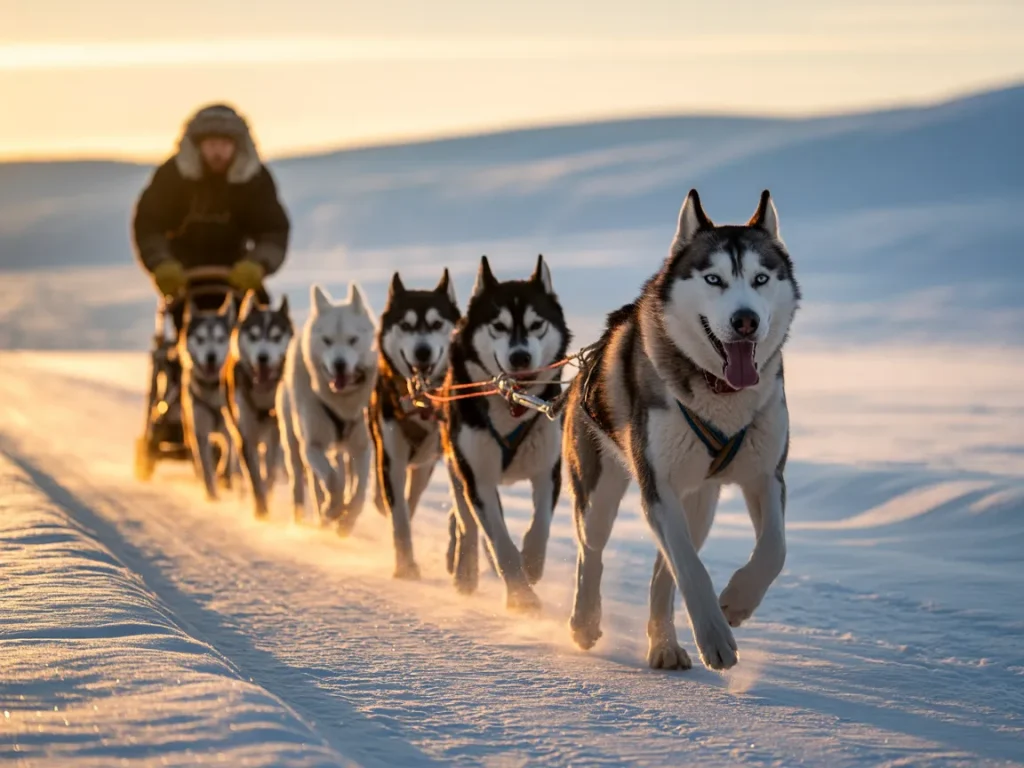
Physical Characteristics and Breed Traits
A Distinctive Look
You can spot a husky from across the park — they’ve got that striking “wolf-meets-athlete” look. Medium build, lean muscle, and a coat that looks like it was designed by nature’s best stylist. Some coats are classic black and white, others flash red, silver, or even agouti (a wild, wolfy mix). Their fur? Thick, double-layered, and built to block out Arctic winds like a well-tailored winter coat.
Their fur? Thick, double-layered, and built to block out Arctic winds like a well-tailored winter coat
according to the American Kennel Club, which sets the breed standard.
Their eyes are show-stoppers: icy blue, deep brown, or one of each (yes, heterochromia is their party trick). Ears stand tall and alert, and their tail curls over their back in a fluffy arc — like a question mark that says, “What adventure’s next?”
When they move, it’s with a light, smooth stride that hints at their sled-dog roots. No lumbering or heavy-footedness here — just graceful momentum, like they’re always ready to take off on a snowy trail.
Personality Snapshot
Living with a husky is a bit like living with a very charming rebel. They’re social butterflies who’ll happily greet strangers, romp with other dogs, and demand attention with their signature “talking” (yes, they really do talk back). But don’t mistake them for pushovers — they’ve got minds of their own.
Training a husky isn’t about dominance or drills; it’s about patience, creativity, and consistency. They’re independent thinkers, which can feel a little like negotiating with a furry, four-legged toddler who just discovered the word “no.”
Aggression? Rare. Huskies are usually too busy making friends or chasing butterflies. But that prey drive? It’s real. Small pets like hamsters, rabbits, or even cats might trigger their inner hunter. Supervision and training are key if you’ve got a multi-species household.
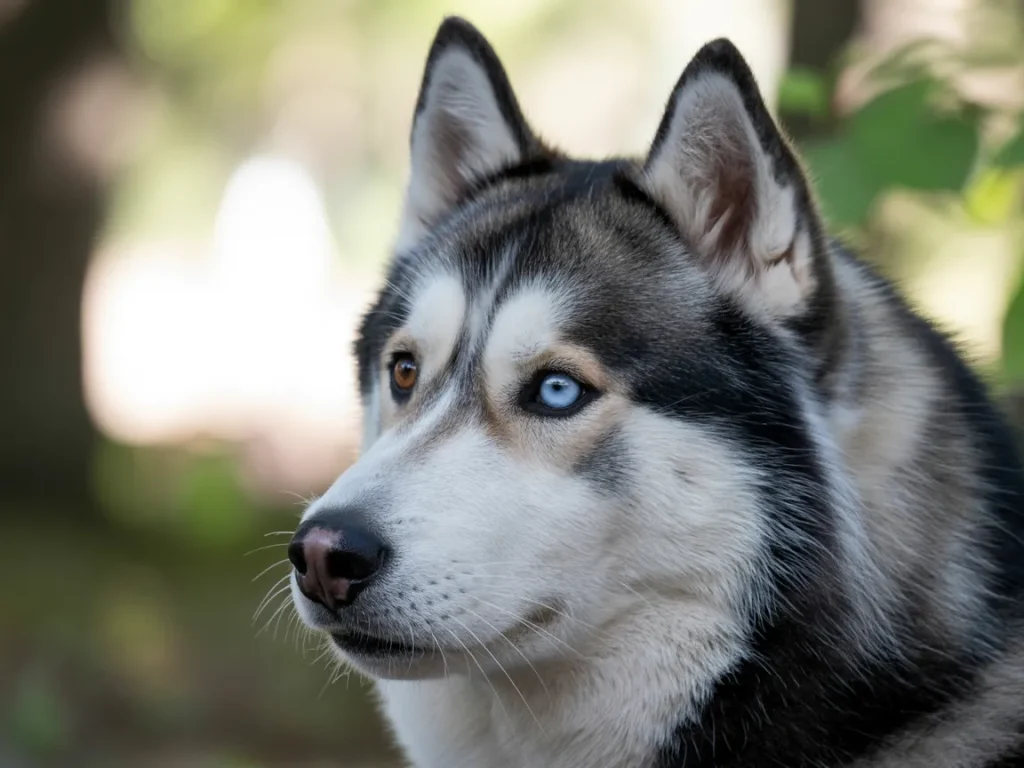
Training a Husky: Fun, Frustrating, Rewarding
Start Early and Stay Consistent
Training a husky puppy? Get ready for a wild, wonderful ride. These dogs are whip-smart — but they’ve also got a rebellious streak a mile wide. One minute they’re nailing a new trick, the next they’re pretending they’ve never heard the word “sit” in their life.
The secret? Start early, and stick with it. Huskies do best when they’re socialized young — introduce them to people, dogs, noisy places, and unfamiliar smells. Think of it as building their confidence (and your sanity) one positive experience at a time.
When it comes to actual training, forget harsh methods. You’ll get much further with treats, toys, and enthusiastic praise. They’re not pushovers, but they do love rewards — and they know when you’re being stingy.
The key is consistency. If you let them get away with jumping on the couch “just this once,” guess what? That couch is theirs now. Set boundaries, and stick to them. And don’t skip the essentials — crate training, leash manners, and especially recall — because huskies are known for testing limits… and running past them.

Energy Levels and Exercise Requirements
Not a Couch Dog
Let’s be clear: a husky isn’t a Netflix-and-nap kind of companion. This breed was born to move — think snowy trails, sleds, and long-distance runs across frozen wilderness. That instinct? Still very much alive.
A Siberian husky needs serious exercise. We’re talking 60 to 90 minutes of hard, heart-pumping activity every single day. A casual stroll around the block? Cute. But nowhere near enough. They thrive on hikes, runs, bike rides (bikejoring, if you’re feeling adventurous), or even agility and sled sports.
And it’s not just physical — they need mental workouts, too. Puzzle feeders, hide-and-seek games, nose work, and obedience drills can make a world of difference. A bored husky will find their own entertainment… and spoiler alert: it usually involves digging trenches in your yard or chewing through your new shoes.
This breed is not built for a sedentary life. If your idea of a good time is lounging indoors all weekend, a husky will have other plans — usually ones that involve escape artistry or redecorating the house with fur and fluff.

Living with a Husky: Environment and Space
Homes with Room to Roam
Huskies weren’t made for tiny spaces or lazy days — they were born to explore. While some huskies can adapt to apartment life, it takes a seriously committed owner to make that work. Think early morning runs, brain games during lunch, and evening adventures. A quick walk around the block won’t cut it.
Ideally, they belong in homes with a fenced yard where they can stretch those long legs and blow off steam. And that fence? It needs to be secure — really secure. Huskies are escape artists in fluffy coats. Digging, jumping, climbing… they’ve got the skills.
Cool climates are their happy place. They can handle heat, but only with caution: shade, water, and rest during the warmest parts of the day are a must. And please — don’t shave their coat. That thick double layer doesn’t just insulate against cold, it helps them regulate heat, too.
Also worth noting: huskies don’t do well left alone all day. They’re pack animals at heart. When left without company or stimulation, they can turn your home into a DIY project — and not the kind you’ll enjoy.
Grooming and Coat Care
Twice-a-Year Fur Explosions
Let’s talk about the fluff. Huskies shed like it’s their full-time job. Most of the year, it’s manageable — a brush here, a vacuum there. But twice a year? Absolute fur-nado. In spring and fall, they “blow” their undercoat, and your floors (and clothes, and soul) will know it.
Daily brushing during those shedding seasons is non-negotiable unless you’re aiming for a carpet made of husky. The rest of the year, a couple of good brush sessions a week will keep things under control and help reduce matting.
The good news? Huskies are surprisingly clean. They don’t have that “doggy” smell and rarely need baths. When you do bathe them, go with a gentle, dog-safe shampoo and make sure they dry thoroughly — trapped moisture under all that fur can lead to skin issues (VCA Animal Hospitals outlines grooming and health needs in detail).
Basic grooming also means trimmed nails, clean ears, and regular tooth brushing. It’s all part of keeping your husky healthy, happy, and looking sharp.
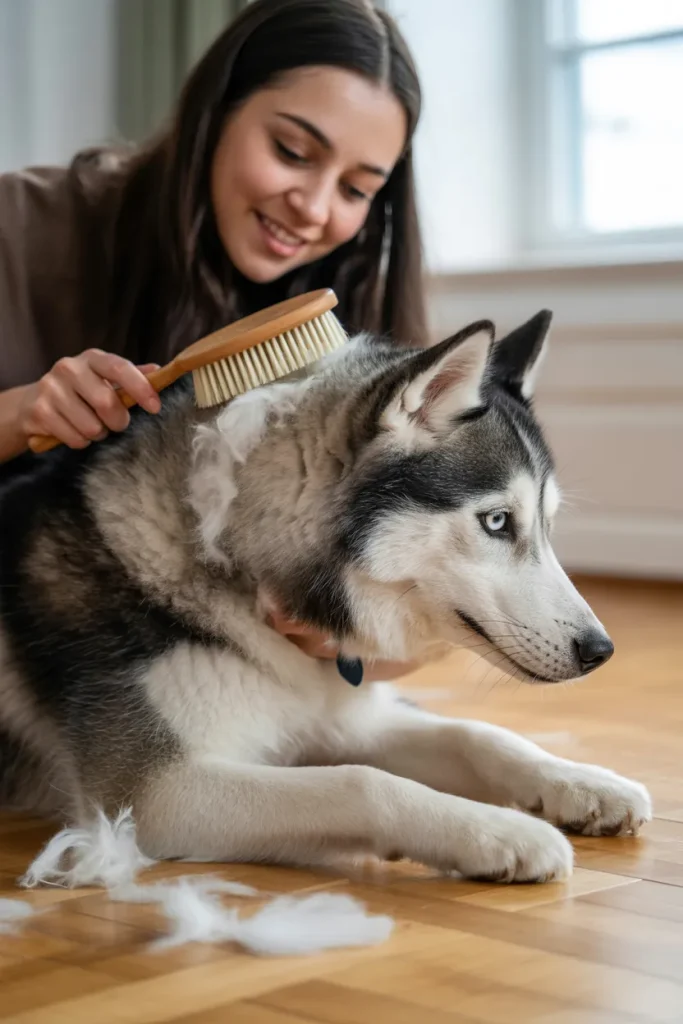
Is a Husky Right for You?
Let’s be honest — huskies aren’t for everyone. They’re not “set it and forget it” dogs. They’re high-energy, strong-willed, and need more attention than your houseplants and smartphone combined.
But if you’ve got the time, energy, and mindset? They’re magical.
Ask yourself:
- Do you love being outside, rain or shine?
- Can you commit to daily training, even when it’s inconvenient?
- Are you okay with finding fur in your coffee?
- Do you have secure outdoor space (and maybe a sense of humor)?
If you’re nodding “yes,” then a husky might just be your spirit animal. They’re affectionate, expressive, and bring joy in the most unexpected ways — from dramatic howls to goofy zoomies through the living room.
Final Thoughts: A Breed Like No Other
Living with a Siberian husky is a full-on experience. They’re not background dogs — they’re center stage. With every head tilt, howl, and wag, they bring personality to the table (and maybe onto the table, if you’re not watching).
They’ll test your patience, challenge your routine, and force you to level up as a dog owner. But in return, they’ll fill your life with adventure, laughter, and loyalty that runs deep. Huskies aren’t trying to be “good boys” — they’re trying to live fully. And if you’re along for the ride, they’ll take you somewhere amazing.
Whether it’s snow-dashing through the woods or just sharing quiet moments on the couch after a long day, huskies give their whole heart to the people they love. They’re funny, stubborn, sweet, and strong — and they’ll teach you things about trust, persistence, and unconditional companionship.
So if you’re thinking about adding a husky to your life, know this: they’re not just dogs. They’re a lifestyle.
And it’s one wild, wonderful ride.
Disclaimer:
This article is for informational purposes only and doesn’t replace professional veterinary or training advice. Always consult a certified trainer or veterinarian to meet your dog’s individual needs.
